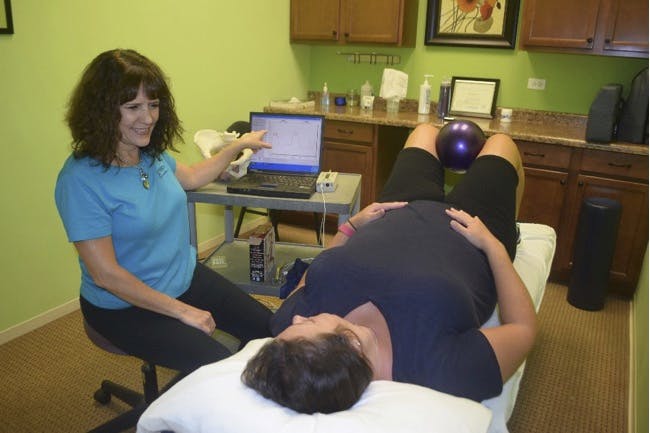
Tips for Healthy Holiday Eating
Holidays are a joyous time to spend with family and friends, usually centered around yummy, festive food. Weight gain over the holidays is a common problem, but you can still enjoy the holidays while making smart and healthy decisions. Follow these tips from 1st Choice Physical Therapy to appreciate the holiday parties while maintaining a healthy weight.
- Ramp up movement! To burn the extra calories you will consume, increase time spent performing sustained, regular aerobic activity. If you normally walk 30 minutes a day, increase the time to 40 or 45 minutes. If you usually work out 3 times a week, increase workouts to 4 to 5 times a week during the holidays. Always check with a physician or 1st Choice Physical Therapist before starting a new exercise program.
- Control the temptations! Focus on reducing temptations when you can by keeping holiday goodies out of eyesight and less accessible. If you bake, keep only a small amount for your family and give the rest away as a gift or donation. These strategies will lower the risk of the temptations so you can better control your holiday calorie intake.
- Focus on fruits and especially veggies! Fill up on wholesome fruits and healthy vegetables first. These foods contain fewer calories per gram compared to other types of food, and the extra fiber will give you the sensation of a full stomach faster than chips, crackers and cookies. Seven or more servings of fruits and vegetables a day should be your goal.
- Never attend a party hungry! Eat a serving of fruit, vegetables, or unsalted nuts before attending a party. Do not begin eating until you’re actually hungry. Enjoy social time first for calorie free enjoyment. When ready to eat, make mindful choices and focus on the healthy options first.
- Take charge of party options! When invited to an outing, offer to bring healthy options such as a veggie plate, whole wheat pita chips with hummus, guacamole, or a fruit salad. Fill up on your healthy food first before browsing the other options. Use a smaller plate to avoid overeating. Limit holiday beverages as they can contain large amounts of sugar and empty calories. Drink coffee, tea, flavored seltzer, or spirits on the rocks instead and plenty of water. Learn to say no politely to well meaning people who continue to offer food to you.
Cheat just a little! It’s OK to enjoy a small serving size of a sweet treat or a festive beverage every few days. Compensate for the extra calories by either reducing calories during the meal before or after (or even skipping the next meal by practicing intermittent fasting) or burn extra calories with increased exercise.
We at 1st Choice Physical Therapy wish you a wonderful and healthy holiday season. Our therapists are ready and willing to help you achieve your wellness goals. Contact us to schedule a wellness screen or evaluation so we can get you on your way to enjoy this festive season!

